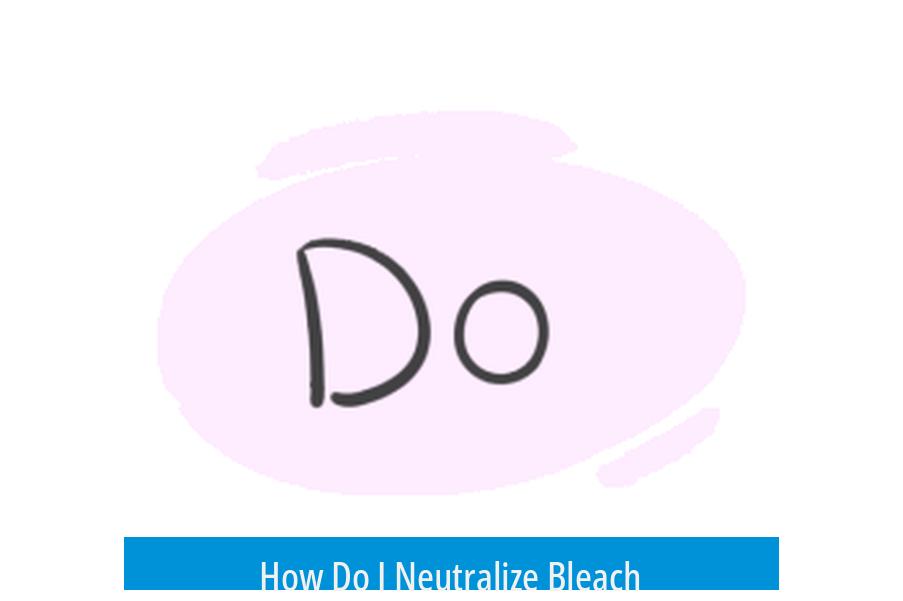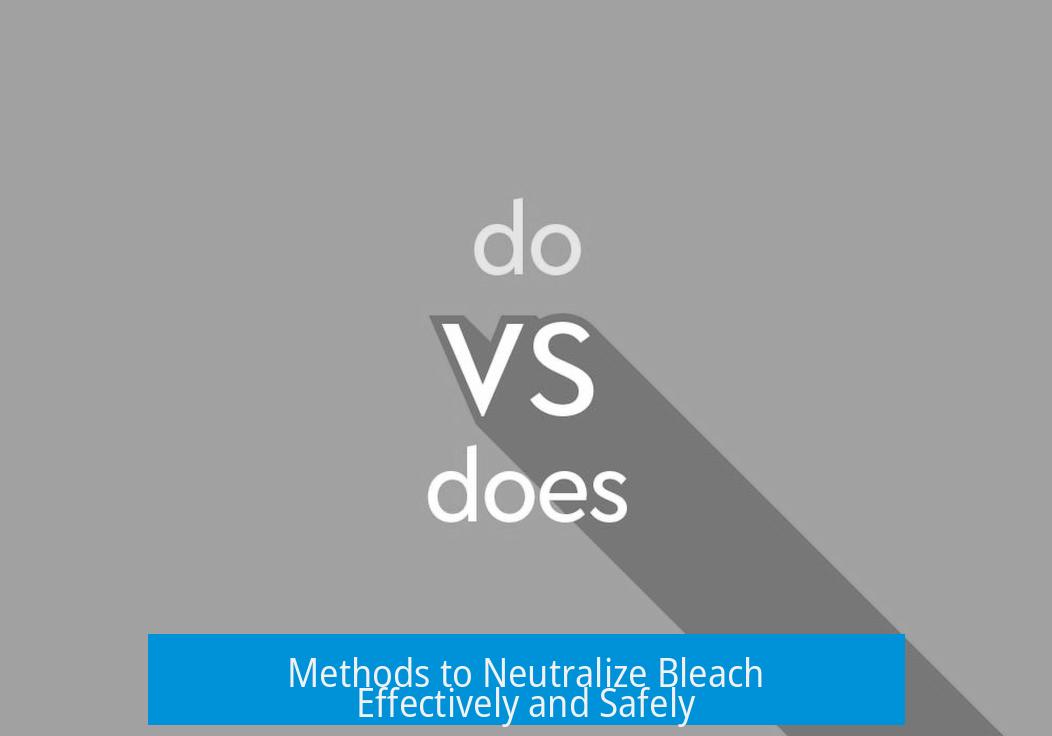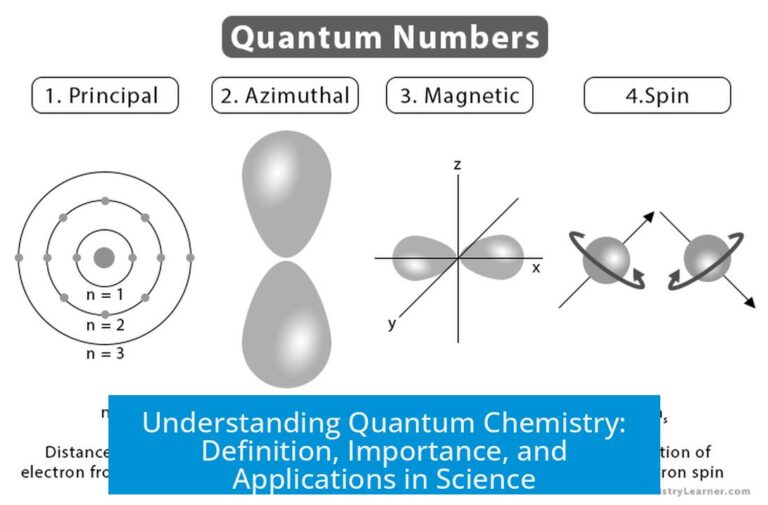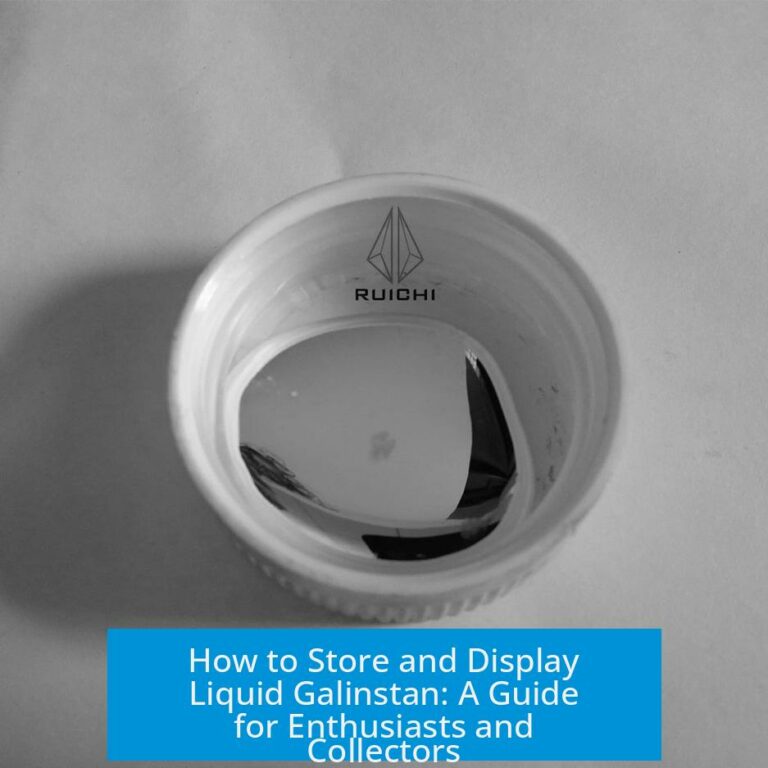How Do I Neutralize Bleach?

Neutralizing bleach involves chemical breakdown or dilution to render it harmless. Bleach naturally breaks down when exposed to air, moisture, and organic matter. For faster neutralization, several methods exist, depending on the bleach amount and context.
Natural Decay of Bleach
Bleach degrades over time through exposure to air and moisture. Small spills, such as a few sprays, will break down quickly into harmless substances without intervention.
Using Vinegar to Neutralize Bleach
Although mixing bleach with acid generally produces hazardous gases, careful application of vinegar on bleach spray residue outdoors is safe and can accelerate neutralization. This approach works only with minimal leftover bleach, not pools of liquid.
Dilution with Water
Adding water is the simplest and safest method to reduce bleach concentration. The saying “dilution is the solution to pollution” applies well here. Diluting bleach lowers its reactivity and residual damage potential.
Using Sodium Thiosulfate Solution
Sodium thiosulfate chemically neutralizes bleach effectively. It reduces bleach to non-toxic compounds in a controlled reaction, widely used in laboratory or industrial clean-ups. This method suits situations requiring rapid and thorough neutralization.
Handling Larger Quantities and Salt Residue
Bleach decomposes into sodium chloride (table salt). For larger spills (e.g., cups or more), salt residue may remain and could harm sensitive plants. Thoroughly hosing the area with water dilutes salt concentration and minimizes environmental risk.
Hydrogen Peroxide as a Neutralizer
Household hydrogen peroxide also neutralizes bleach. It reacts chemically to form water and oxygen, reducing bleach’s impact. However, flushing with water alone often suffices for small amounts.
Summary of Key Points
- Bleach naturally breaks down with air and moisture over time.
- Small spills usually neutralize without extra steps.
- Vinegar can safely neutralize bleach spray residue outdoors.
- Dilution with water is the simplest neutralization.
- Sodium thiosulfate effectively neutralizes bleach chemically.
- Large bleach spills produce salt that may affect plants; rinse well.
- Hydrogen peroxide also neutralizes bleach but flushing often suffices.





Leave a Comment